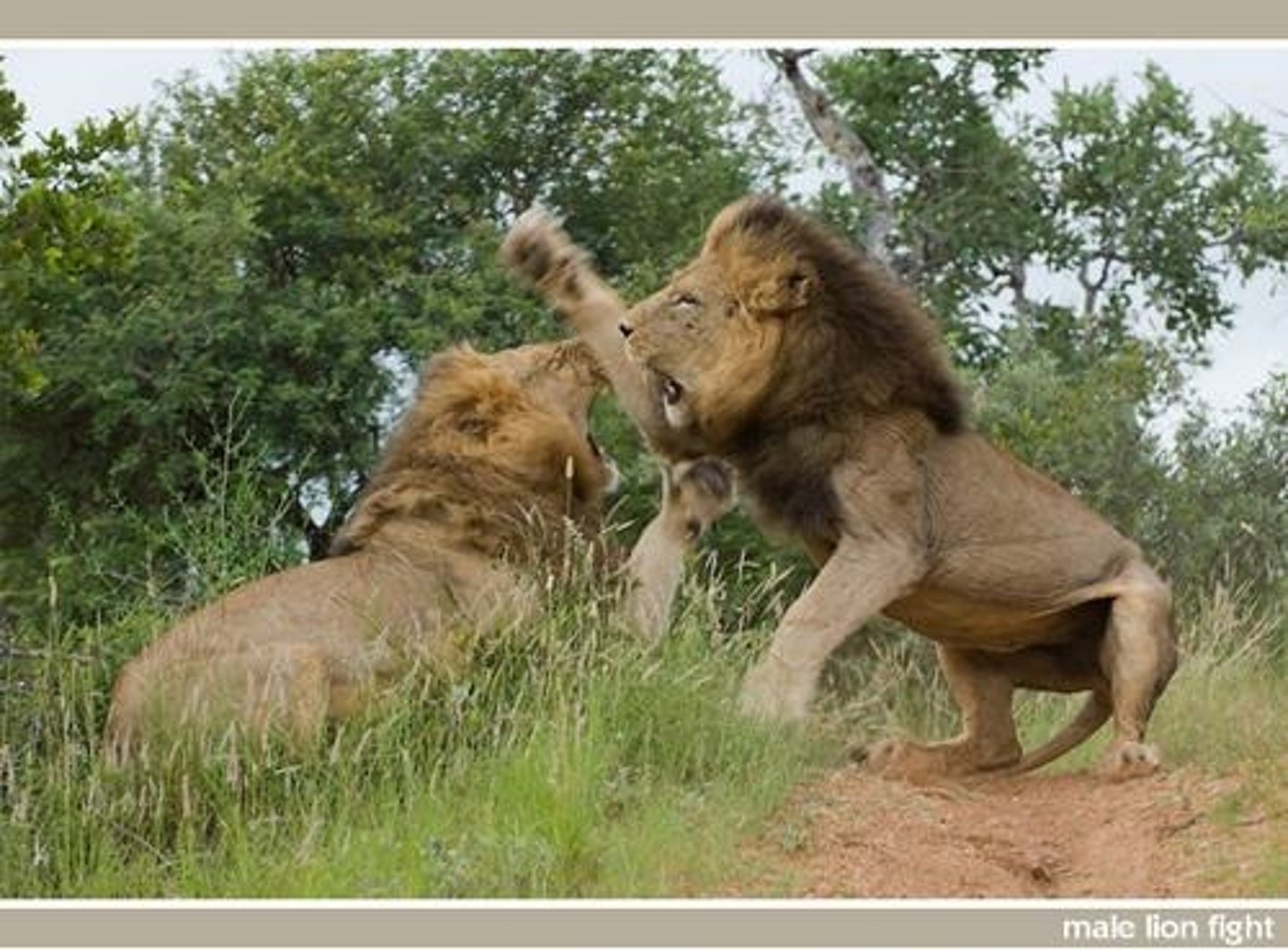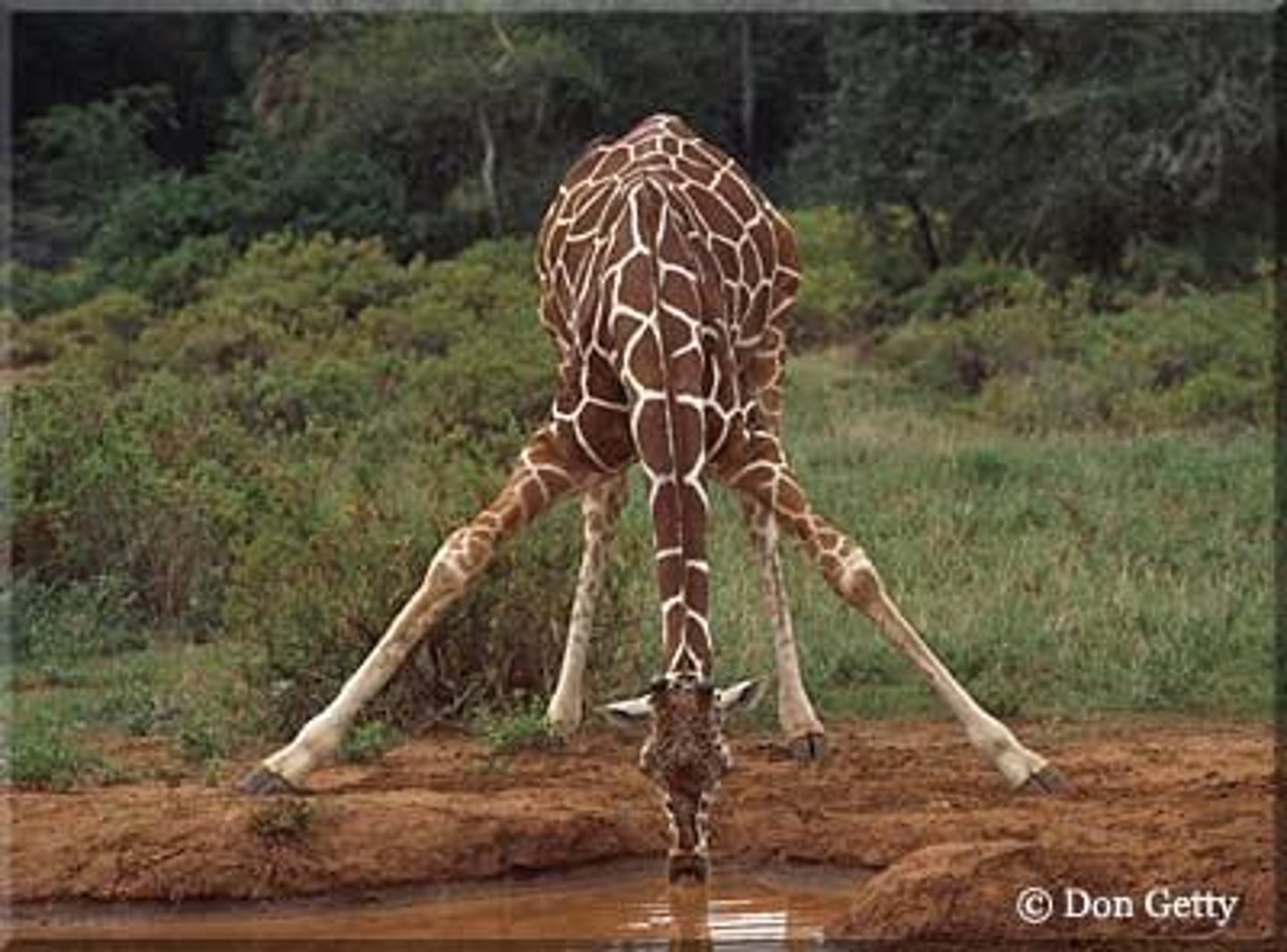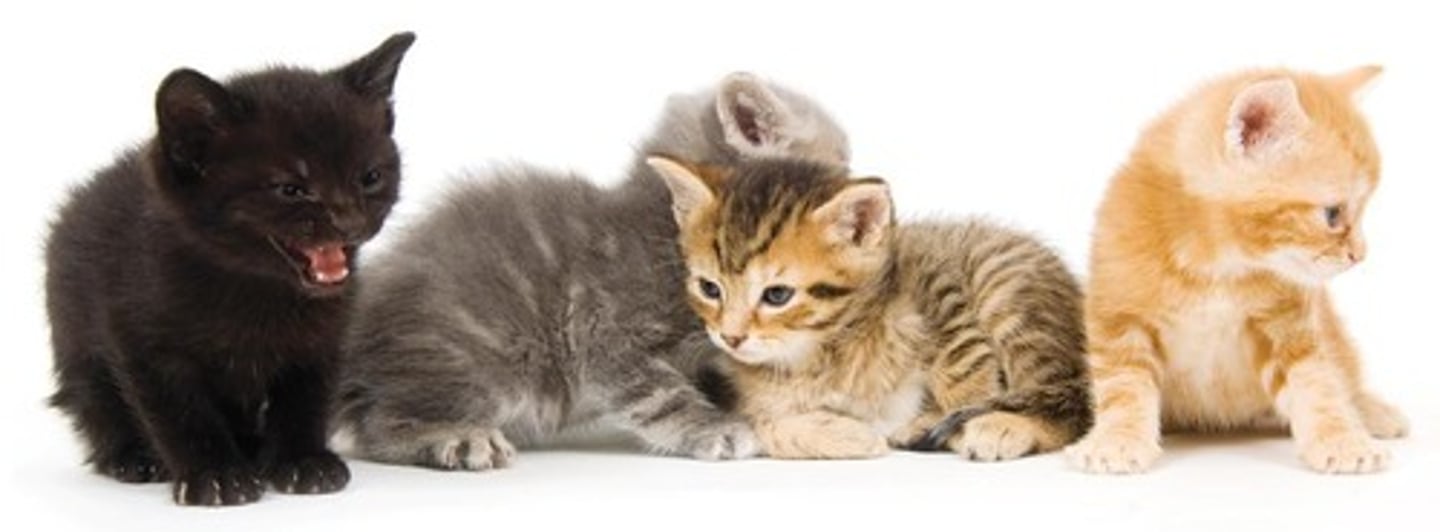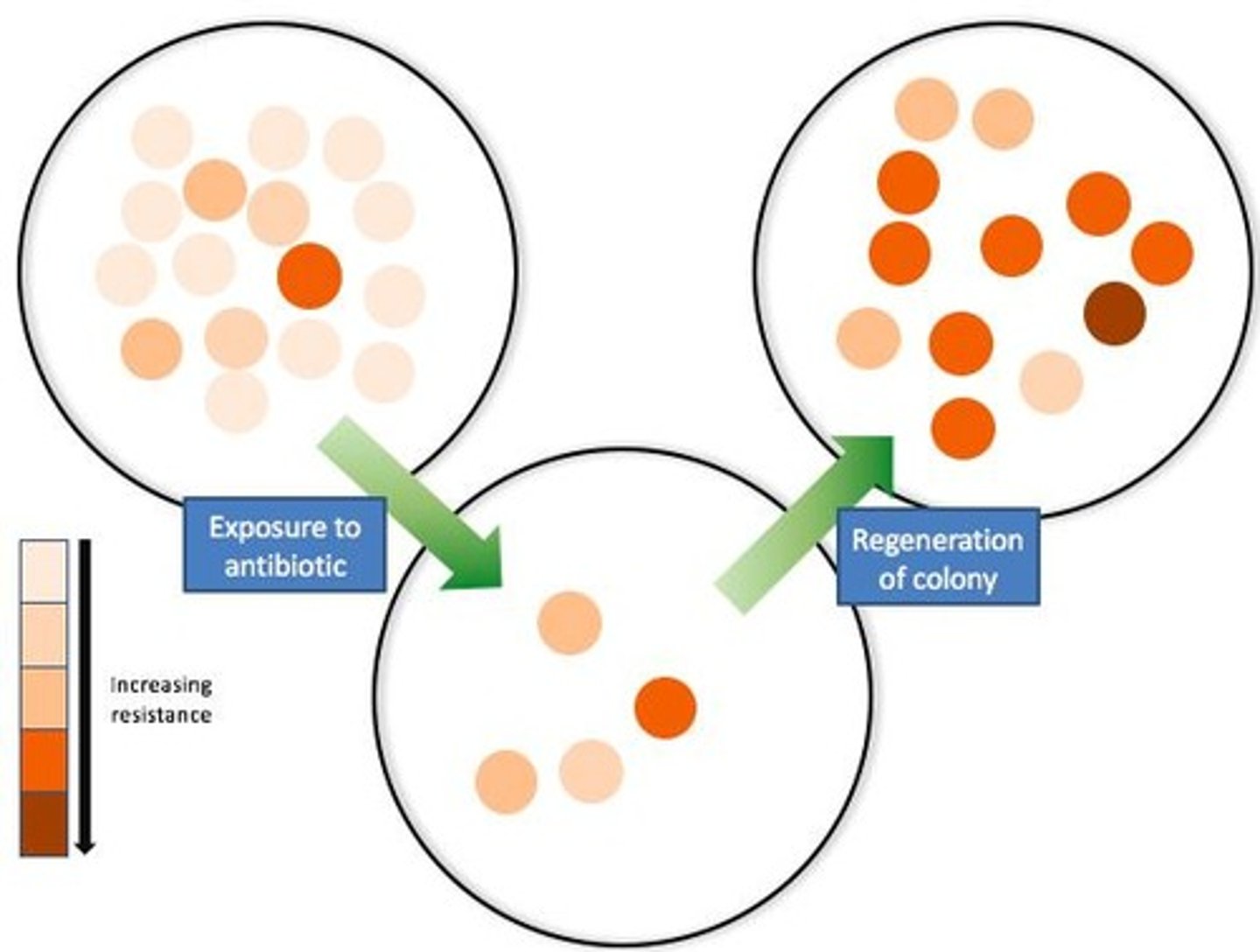Evolution (Grade 11 AP Bio)
1/200
There's no tags or description
Looks like no tags are added yet.
Name | Mastery | Learn | Test | Matching | Spaced |
|---|
No study sessions yet.
201 Terms
Sexual Selection
Theory predicting mate competition and female choice.
Sexual Dimorphism
Differences between male and female species.

Male-Male Competition
Males compete for access to mates.
Sperm Competition
Competition among sperm to fertilize eggs.
Infanticide
Males kill cubs to increase reproductive success.
Female Choice
Females select mates based on desirable traits.
Intrasexual Selection
Males compete directly for female attention.
Intersexual Selection
Females choose mates based on displays.
Combat
Physical competition between males for mates.
Male Marine Iguanas
Larger males win territory and mates.

Sperm Release
Males release more sperm for better fertilization odds.
Copulatory Plug
Substance deposited to block other males' sperm.
Damselflies
Males remove previous sperm during copulation.

Predation Risk
Showy traits increase visibility to predators.
Courtship Displays
Males perform to attract female mates.
Reproductive Success
Passing genes to future generations.
Territory Ownership
Males with larger territories attract more females.
Female Attractiveness
Males apply pheromones to influence female choice.
Cubs Weaning
Females delay breeding until cubs are independent.
Pride Dynamics
Males fight for dominance in lion prides.

Spontaneous Abortion
Females abort pregnancies when new males arrive.
Lady's Choice
Females prefer mates enhancing offspring survival.
Population Genetics
Integrates evolution with Mendelian genetics.
Allele Frequency
Proportion of specific alleles in a population.
Gene Pool
Genetic information of an entire population.
Genotype
Set of alleles in an organism.
Phenotype
Observable traits resulting from genotype.
Homozygous
Two identical alleles for a trait.
Heterozygous
Two different alleles for a trait.
Genome
Complete set of alleles in an organism.
Loci
Specific location of a gene on DNA.
Genetic Variation
Diversity of alleles within a species.
Natural Selection
Process favoring advantageous phenotypes.
Sexual Reproduction
Mixes alleles, increasing genetic diversity.
Hardy-Weinberg Principle
Model predicting allele frequencies in populations.
Dominant Allele
Allele that masks the effect of another.
Recessive Allele
Allele whose effects are masked by dominant.
Mendelian Genetics
Study of inheritance patterns of traits.
Evolution
Change in allele frequencies across generations.
Darwin's Theory
Evolution by natural selection mechanism.
Trait
Characteristic determined by genes.
Alleles
Different forms of a gene.
Recombination
Mixing of alleles during sexual reproduction.
Hardy-Weinberg Principle
Allele frequencies remain constant under specific conditions.
Allele Frequency
Proportion of a specific allele in a population.
Genotype Frequency
Proportion of a specific genotype in a population.
Dominant Allele
Allele expressed in phenotype when present.
Recessive Allele
Allele expressed only when homozygous.
p
Frequency of dominant allele A.
q
Frequency of recessive allele a.
p + q = 1
Total frequency of alleles must equal one.
p²
Frequency of homozygous dominant genotype (AA).
2pq
Frequency of heterozygous genotype (Aa).
q²
Frequency of homozygous recessive genotype (aa).
Population Size
Total number of individuals in a population.
Mating Opportunities
Equal chances for all individuals to mate.
No Mutations
Genetic changes must not occur.
No Migration
No individuals entering or leaving the population.
No Natural Selection
All individuals have equal reproductive success.
Genotype
Genetic constitution of an individual.
Phenotype
Observable traits of an individual.
Hardy-Weinberg Equation
Mathematical formula for predicting genotype frequencies.
Next Generation Frequencies
Proportions of genotypes in subsequent generations.
Evolutionary Implications
Changes in allele frequencies indicate evolutionary processes.
Sample Question
Example problem to apply Hardy-Weinberg calculations.
Eye Colour Alleles
Red (W) dominant, white (w) recessive in fruit flies.
Adaptation
A trait that increases the reproductive fitness of its possessor; i.e. More of their genes are passed on since they are more likely to survive to reproductive age.
Criteria for Adaptation
Before we can classify something as an adaptation we need to determine what a trait is for and show that individuals possessing that trait contribute more genes to future generations than organisms lacking it.
Giraffe's Long Neck
An example of adaptation where the giraffe's long neck allows it to reach higher trees, but also presents disadvantages such as difficulty bending down to get water.

Giraffe Foraging Behavior
Giraffes spend much of their dry-season foraging time browsing on low bushes, not tall trees, and prefer to feed at shoulder height.
Hypothesis for Long Neck Evolution
A possible hypothesis is that long necks evolved as a weapon, as male giraffes sometimes fight using their heads as clubs.

Male Giraffe Neck Comparison
Male giraffes have necks that are 30-40 cm longer and 1.7 times heavier than females.
Head Weight Comparison
Males have heads that are armored and 3.5 times heavier than females.
Reproductive Success of Long Neck Giraffes
Longer neck giraffes had more reproductive success not because they ate more, but because they intimidated smaller males and attracted more mates.
Female Giraffe Neck Length
Females have long necks because males pass on their genes to their daughters too.
Adaptation Definition
A structure, behaviour or physiological process that helps an organism survive and reproduce in a particular environment.
Stick Insect Adaptation
The stick insect is able to survive because it blends in with the tree (camouflage).

Owl Adaptation
This owl has a specific adaptation of fluffy wings that do not make a lot of noise.
Survival of the Fittest
Challenges that limit survival include severe weather, famine, competition (food, space, and mates), and disease.
Extinction
Extinct: when a species disappears completely from Earth.
Types of Adaptation
3 Main Types of Adaptation: Structural Adaptation, Behavioural Adaptation, and Physiological Adaptation.
Structural Adaptation
Physical features of an organism, e.g., beak on a bird, ability to camouflage, mimicry.
Mimicry
Harmless species physically resemble a harmful species; predators avoid the harmless species as much as they do the harmful one.
Behavioural Adaptation
Things organisms do to survive. E.g. bird calls or migration.
Physiological Adaptation
Changes or chemical reactions that occur within an organism. E.g. Hibernation allows organisms to survive by slowing down metabolism and preserving their energy.
Development of Adaptations
Gradual, accumulative changes that help an organism survive and reproduce, resulting from random, heritable mutations in DNA that accumulate over generations.
Variations
Differences (structural, functional, or physiological) between individuals.
Environmental Conditions
Determine if variation is (+), (-), or neutral.
(+)
Survival; pass on to offspring and increase the trait in the population.

Case Study: The English Peppered Moth
3 colour variations of moths: White flecked with black dots, Black, Intermediate colour.
Mid 1800's Black Moths
Were rare in Manchester; 50 years later, 95% of moths were black in Manchester, but less frequent in rural areas.
The English Peppered Moth Explanation
The proportion of flecked and black moths changed in response to changes in the environment.
Camouflage in Moths
In the mid 1800's light coloured moths were camouflaged in the trees; 50 years later, pollution/soot caused darker trees, allowing dark moths to survive.
Variation Within Species
Created by the different combination of alleles that are inherited from parents.
Mutation
A random permanent change in the genetic material of an organism and is the only source of new genetic variation.
Kittens' Fur Variation
The kittens in this litter have different fur colour and patterns, partly because each kitten inherited a different combination of alleles from its parents.

Variations Within Humans
Humans have lots of variation due to random combinations of alleles from parents.
Different Combinations of Alleles
Contribute to different phenotypes.
Selective Advantage
A genetic advantage that improves an organism's chance of survival, usually in a changing environment. Example: Antibiotic Resistance.

Antibiotic Resistance
Organisms that reproduce rapidly can see a change in allele frequencies quickly; a gene that may have been rare can become common in a short period of time if it provides a significant advantage.